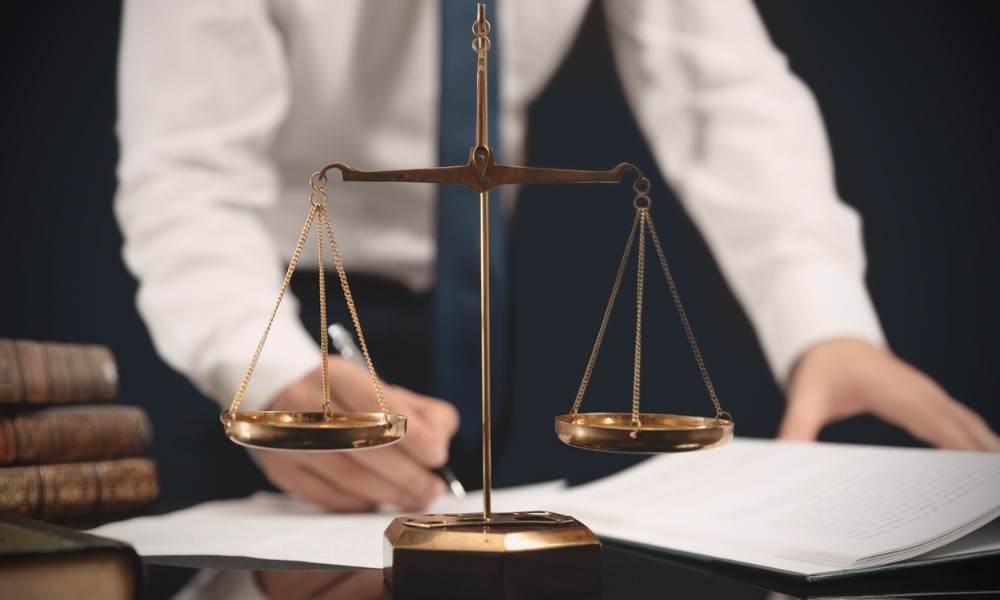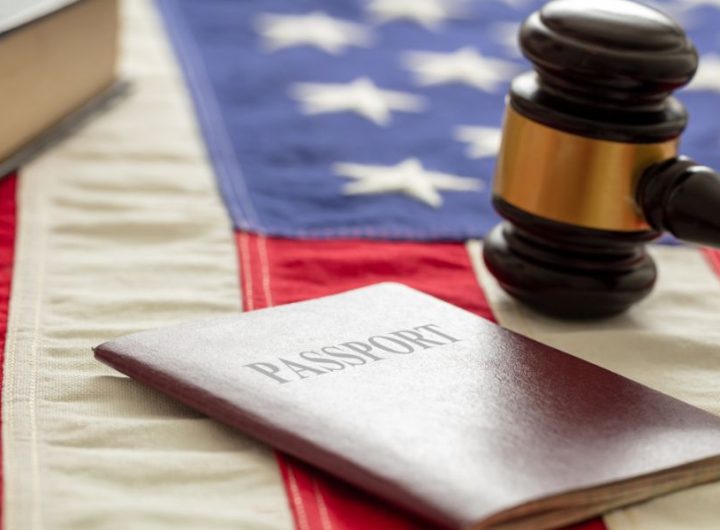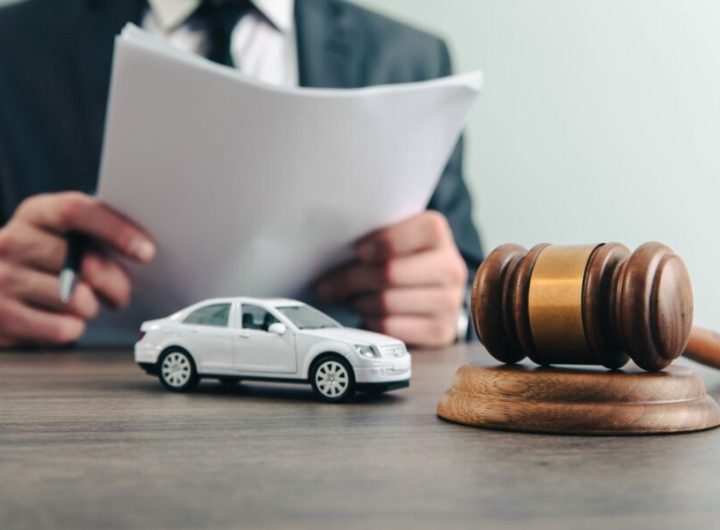
New York City builds upward, which means a constant dance with gravity. A wrench slipping from a scaffold, a brick shaken loose by wind, a load shifting on a hoist, small moments with outsized consequences. Falling object accidents are a frequent hazard on NYC construction sites, endangering workers and pedestrians alike. This Article 6 overview explains how liability is determined, what claims are available, and why prompt action matters in 2025. For anyone hurt by a dropped tool or debris, understanding the path forward, and when to call an experienced NYC Falling Object Lawyer, can make a real difference in recovery and results. See more on evidence, laws, and strategy in the sections below.
Falling object accidents as a leading NYC worksite hazard
Construction is noisy, busy, and vertical in New York. That combination makes falling objects one of the industry’s most persistent dangers. OSHA has long identified “struck-by” incidents, including impacts from falling objects, as a leading cause of serious injuries and fatalities. In dense neighborhoods, the risk extends beyond the fence line to sidewalks and streets filled with foot traffic.
Common scenarios include unsecured hand tools slipping from elevated platforms, materials not properly stacked or banded, debris tossed or blown from edges without toe-boards or netting, and crane or hoist loads that aren’t rigged to the job’s weight and wind conditions. Even a tape measure dropped from several stories can generate enough force to penetrate a hard hat.
NYC regulators know this, which is why the Department of Buildings (DOB) emphasizes overhead protection, sidewalk sheds, debris nets, and site safety training. When those layers break down, or are never implemented, preventable falling object accidents follow. And because gravity acts fast, accountability often turns on whether the right protective measures were in place before the moment something fell.
Determining liability when injuries occur on construction sites
Liability in a falling object case hinges on one question: Did those in charge provide proper protection against an elevation-related risk? In New York, owners and general contractors bear primary responsibility for jobsite safety. When an object falls from a height and injures someone below, the analysis typically focuses on planning, protective devices, and control of the work.
Key players who may share liability include:
- Owners and general contractors for failing to carry out or enforce safety plans, overhead protection, or adequate supervision.
- Subcontractors and trade contractors whose means and methods created the hazard (e.g., improper rigging, unsecured tools, poor housekeeping).
- Equipment and material suppliers if a product defect or failure contributed (for example, a faulty lanyard or rigging component).
- Property managers or adjacent building owners when work or storage on their premises created the risk to pedestrians.
Evidence that points to fault includes missing toe boards or debris netting, absent tool tethers at height, inadequate sidewalk sheds, ignored wind advisories for hoisting, and deviations from the site safety plan. In many worker cases, New York’s labor laws (discussed below) impose strong, sometimes near-absolute, liability on owners and contractors when proper elevation safety devices were not provided. For pedestrians, negligence principles and the NYC Building Code govern whether site controllers took reasonable steps, like sidewalk sheds and controlled access, to prevent debris from striking the public.
Legal claims available to workers and pedestrians alike
In NYC falling object cases, the type of claim depends on who was injured and how the accident occurred.
For injured workers:
- Labor Law § 240(1) (the “Scaffold Law”): Protects workers from gravity-related risks, including falling objects. If an owner or contractor failed to provide adequate safety devices (nets, hoists, braces, toe boards, tool tethers, etc.) and that failure caused the injury, they can be held liable. This statute is a powerful tool because comparative negligence by the worker usually isn’t a defense when § 240(1) squarely applies.
- Labor Law § 241(6): Allows suits based on violations of specific New York Industrial Code provisions (e.g., debris chutes, material hoisting, housekeeping). It’s fault-based but provides detailed safety standards.
- Labor Law § 200 and common-law negligence: Apply when owners or contractors had notice of the dangerous condition or controlled the work that created it.
- Workers’ compensation: Covers medical treatment and a portion of lost wages regardless of fault, but does not prevent a third-party lawsuit against owners, contractors, or others who caused the injury.
For injured pedestrians or bystanders:
- Negligence/premises liability: Owners, contractors, and site managers owe a duty to keep areas safe, including with sidewalk sheds, overhead protection, netting, and controlled access zones.
- Negligent construction or maintenance and NYC Building Code violations: Breaches of code or permit requirements can establish liability.
- Product liability: If a defective component (e.g., a failed anchor or lanyard) caused the drop.
Damages in these lawsuits may include full medical costs, future care (surgery, rehab, prosthetics), lost earnings and benefits, diminished earning capacity, pain and suffering, and, where appropriate, loss of consortium. In fatal incidents, wrongful death claims may be available to the estate and family.
The importance of swift evidence collection in 2025 cases
The difference between a solid falling object case and a shaky one often comes down to what’s captured in the first days. In 2025, many NYC sites use digital systems, DOB NOW filings, electronic site safety plans, and equipment telematics for cranes and hoists. But video loops still overwrite, contractors rotate crews quickly, and debris gets cleaned up fast. Early action is crucial.
Steps an NYC Falling Object Lawyer typically takes right away:
- Send preservation (spoliation) letters to owners, GCs, subs, and security vendors to stop deletion of CCTV, drone footage, hoist logs, delivery tickets, and toolbox talks.
- Photograph and, if possible, secure the object that fell, the drop zone, and surrounding fall-protection (nets, toe boards, mesh, tool lanyards).
- Obtain DOB incident reports, permits, and inspection histories: request OSHA records if there’s a federal investigation.
- Identify and interview witnesses, especially laborers on adjacent trades and sidewalk shed installers, before memories fade.
- Collect safety training records (Local Law 196), lift plans, rigging certifications, weather data, and daily logs reflecting wind holds or housekeeping issues.
Time limits run early when public agencies are involved. If a city entity controlled the work or the sidewalk, a Notice of Claim is generally due within 90 days, with shorter windows for some authorities. Moving quickly preserves rights and evidence.
How New York law protects victims of falling object injuries
New York has some of the strongest worker-protection laws in the country for elevation hazards, and clear duties to protect the public.
Key protections:
- Labor Law § 240(1): Requires owners and general contractors to furnish proper protection against elevation-related risks. The Court of Appeals has applied § 240(1) to falling object cases where the force of gravity acted on the object and safety devices were inadequate or absent. When it applies, liability can be imposed regardless of a worker’s comparative fault.
- Labor Law § 241(6): Imposes a nondelegable duty to comply with specific Industrial Code safety rules (for example, debris chutes, material hoisting, and guarding of open sides and edges). Violations can support liability.
- Labor Law § 200 and common-law negligence: Require reasonable care in supervising and maintaining safe conditions.
- NYC Building Code and DOB rules: Mandate sidewalk sheds, netting, controlled access zones, and debris management to protect pedestrians. Failure to follow permits and code requirements can establish negligence.
Deadlines matter:
- Personal injury lawsuits in New York generally have a three-year statute of limitations.
- Wrongful death claims are generally two years.
- Claims involving public entities often require a Notice of Claim within 90 days and have shorter suit deadlines. Different authorities can have unique rules, so legal advice early is essential.
These laws reflect a simple idea: when construction climbs skyward, those in control must plan for gravity. And when they don’t, victims have a path to hold them accountable.
Attorney strategies for maximizing victim compensation
Successful outcomes in falling object cases come from a blend of fast investigation, sharp legal framing, and thorough damages work.
Common strategies include:
- Locking in liability early: File a motion for summary judgment under Labor Law § 240(1) when facts show inadequate protective devices. Early liability findings can drive meaningful settlement talks.
- Pinpointing Industrial Code violations: Under § 241(6), cite precise sections (e.g., debris chutes, material handling, housekeeping) supported by photographs, site plans, and witness testimony.
- Using technical experts: Rigging experts, crane/hoist engineers, human factors specialists, and life-care planners translate the mechanics of the drop and the lifetime impact of injuries.
- Mining digital trails: Pull equipment telematics, delivery scans, access control badges, and weather logs to reconstruct how and why the object fell.
- Venue and narrative: Choose an appropriate venue and tell a clear story, the missing toeboard, the ignored wind hold, the untrained temp rigger, so jurors see the chain of choices, not just a “freak accident.”
- Maximizing net recovery: Coordinate with workers’ compensation under WCL § 29, pursue lien reductions, consider structured settlements, and preserve Medicare interests when needed.
An experienced NYC Falling Object Lawyer weaves these elements together while keeping clients focused on medical recovery and financial stability.


 Uncovering the Realms of Property Division During a Divorce Case
Uncovering the Realms of Property Division During a Divorce Case  Estate Planning After Divorce: Protecting Your Financial Future in Boston
Estate Planning After Divorce: Protecting Your Financial Future in Boston  The Role of Evidence in Winning a Car Accident Claim in Atlanta
The Role of Evidence in Winning a Car Accident Claim in Atlanta  Exploring the EB-5 Investor Visa Program and Immigration Pathways in 2025
Exploring the EB-5 Investor Visa Program and Immigration Pathways in 2025  Workers’ Compensation Rights and Employee Protections in Washington State
Workers’ Compensation Rights and Employee Protections in Washington State  Smart Strategies a Harlem Personal Injury Lawyer Uses to Maximize Car Accident Settlements
Smart Strategies a Harlem Personal Injury Lawyer Uses to Maximize Car Accident Settlements